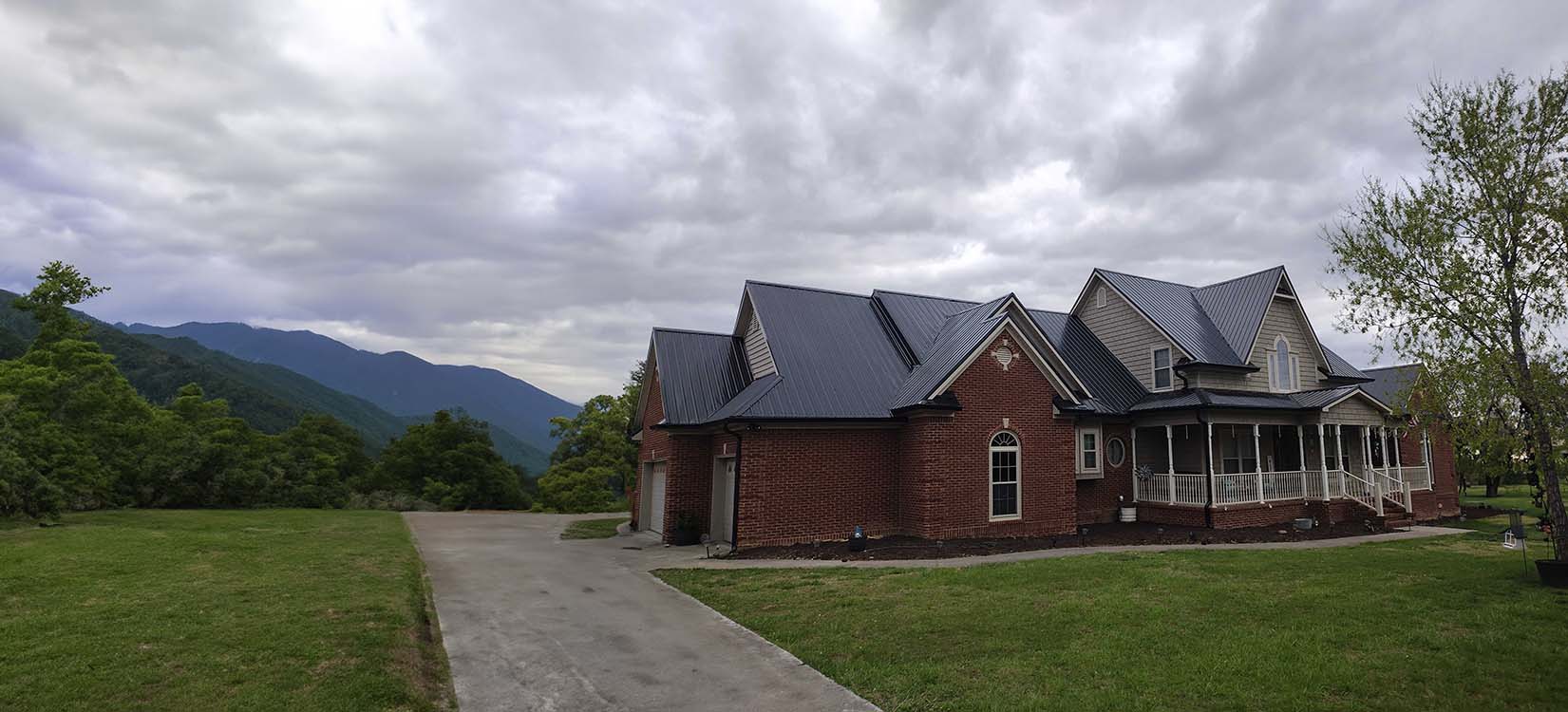

Energy Efficiency
Your trusted partner for professional home services. Quality workmanship, guaranteed satisfaction.




- HEP
- Energy Efficiency
Energy Efficiency | Metal Roofing | Roofing | Bristol
At HEP, we believe a roof should do more than keep the rain out—it should actively save you money. Our metal roofing systems in Bristol are engineered with high-reflectivity finishes that bounce back the sun’s heat, helping homes and businesses stay cooler in summer and warmer in winter. That energy-smart performance, paired with panels designed to shed water and resist wind uplift, means lower utility bills, a smaller carbon footprint, and peace of mind through every season on the Severn.
Because every property is different, our Bristol-based specialists custom-fit each installation, offering a palette of contemporary colours and profiles that complement local architecture while standing up to coastal weather. Lightweight yet incredibly strong, the steel and aluminium we use are 100 % recyclable, backed by industry-leading warranties, and installed with minimal disruption. Choose HEP today and transform your roof into a long-term asset that pays dividends in comfort, durability, and curb appeal.
FAQs
How does a metal roof improve energy efficiency compared with traditional tiles or slates?
Metal roofing panels are usually coated with highly reflective finishes that bounce a significant portion of solar radiation back into the atmosphere instead of absorbing it into the loft space. In summer this can lower roof-space temperatures by 20–30 °C, reducing the need for powered ventilation or air-conditioning. In winter, modern standing-seam and interlocking metal systems allow an unbroken layer of high-performance insulation to be fitted directly beneath the panels, minimising thermal bridging and heat loss. Independent UK tests show that an insulated, cool-roof-rated metal system can cut annual heating and cooling energy use by 10–25 % compared with a conventional concrete-tile roof.
What metal roofing options work best in Bristol’s coastal-influenced climate?
Bristol experiences mild, occasionally salty air from the Severn Estuary and frequent rainfall. Aluminium and zinc roofs are the most popular because they resist corrosion in marine environments, yet steel with a modern Aluzinc or galvanised substrate plus a high-quality PVDF paint finish is also reliable. Standing-seam aluminium is lightweight (about a third the weight of slate) and therefore suits both new builds and retrofits, while zinc’s self-healing patina makes it ideal for long-term visual appeal. All three metals are recyclable at end of life, supporting Bristol’s sustainability goals.
Can I install a metal roof over my existing roof to save money and reduce waste?
Yes—provided the underlying structure is sound and local building control signs off, a metal overlay system can usually be fixed through the old covering into the rafters. Because metal panels are light (2–5 kg / m²), they rarely overload standard trusses. An over-roof avoids the cost of skip hire and landfill fees, shortens installation time, and leaves the original roof in place as an extra air and moisture barrier. Your installer will add a breathable membrane and counter-battens to create a ventilated cavity that prevents condensation and boosts thermal performance.
How much could I realistically save on energy bills after upgrading to an energy-efficient metal roof?
Savings depend on roof area, orientation, insulation thickness, and household energy tariffs, but case studies in south-west England show:• Up to 15 % lower gas usage for space heating when 150 mm of PIR or mineral wool is added beneath a standing-seam metal roof.• 20–40 % lower summer loft temperatures, which in homes with loft conversions or offices translates to 5–10 % lower electricity consumption for cooling or fans.• A payback period of 8–15 years when energy savings and reduced maintenance (no broken tiles or moss removal) are factored in. These figures assume a typical semi-detached Bristol property with a 70 m² roof and current average dual-fuel tariffs.
Are there any grants or incentives in Bristol for energy-efficient metal roofing?
While the national Green Homes Grant closed in 2021, several funding avenues still exist: • ECO4 and ECO+ schemes: If your household receives qualifying benefits or has an EPC rating of D–G, you may be eligible for insulation measures installed in conjunction with a new roof covering. • Local Authority Delivery (LAD) funding: Bristol City Council periodically secures money for low-income or hard-to-heat homes; metal roof insulation upgrades can qualify. • 0 % VAT on energy-saving materials: Until March 2027, insulation supplied and fitted with your metal roof attracts 0 % VAT, cutting project costs by 20 %. Always confirm with Bristol City Council’s Energy Service or your installer, as schemes and criteria change frequently.
What maintenance does an energy-efficient metal roof require to stay effective over its 40-plus-year life?
Routine care is minimal. Twice-yearly inspections (spring and autumn) are recommended to: 1. Clear leaves and debris from gutters and valleys to prevent standing water. 2. Check for surface scratches; touch-up paint systems are available for aluminium and steel to prevent corrosion starting on exposed edges. 3. Ensure fixings remain tight—thermal movement is engineered into clips, but periodic torque checks keep panels secure. 4. Rinse the roof with a hose in areas where airborne salt or industrial pollutants accumulate; this preserves the reflective coating. Because metal roofs are non-porous, moss and algae rarely take hold, eliminating the need for chemical cleaning that can degrade reflectivity on other roof types.